From the Longmen Buddhist Grottoes of Luoyang, we jumped on the high-speed train to Xi’an, moving from one ancient capital to another. In terms of being a former capital of China, Xi’an definitely has Luoyang beat there – it was the capital of 13 dynasties over a span of 1,000 years. As you can imagine, there’s a lot of history to be discovered here. In addition to its status as a former capital, Xi’an was also the eastern terminus of the famed Silk Road that spread goods and ideas across the world.
Arriving in Xi’an, we headed first to our home for the night – the Han Tang house. Although it is listed as a hostel, this place is more like a four-star hotel in China. That was a pleasant surprise, and we would have stayed in Xi’an another day just to enjoy hanging out in their restaurant/bar and relaxing in our nice room.

Hungry from our busy morning of hitting the White Horse Temple in Luoyang and then taking the train, our first stop was the famous Muslim Quarter of Xi’an. Here, you’ll find a wide variety of street food, restaurants, and shops. No visit to Xi’an would be complete without a big bowl of yang rou pao mo, the local specialty that is a soup with lamb, noodles, and the signature chewy bread. Half the fun of this dining experience was adding the condiments – chili pepper, garlic, and a variety of other spices. In the end, you end up with a hearty stew that is packed full of flavor. It fills and warms you up, so it’s the perfect lunch on a cold winter day in China.
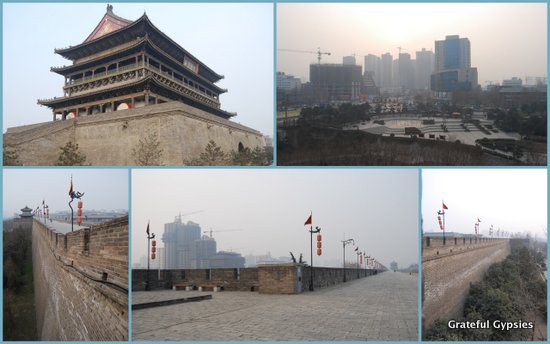
After lunch, we headed past the Drum Tower to the ancient City Wall. We had hoped to rent bicycles to ride around the length of the wall, but we were informed that the bikes were still away for the winter. Bummed out, we decided just to walk half of it. Looking over one side of the wall, you see the ancient part of the city, which has actually been quite modernized – shopping malls, Starbucks, and the like. Looking over the other side, you see a familiar scene in China – cranes everywhere, putting up new high-rise apartments, office buildings, and more.
A video tour of the City Wall.
Disappointed in the fact that we couldn’t cycle on the wall, we were ready to head down and call it a night; that is until we saw the glowing lights. A massive dragon lit up below the wall, reminding us all that the Year of the Dragon had just begun. It dawned on us that there was a Lantern Festival on the City Wall itself. For the next hour or so, we admired all of the brightly colored and elaborate lanterns that depicted scenes from all over the world; a cowboy, the Statue of Liberty, and an old wagon represented the USA. We skipped out on going out at night in favor of hanging out at the hostel, as we had an early day planned.
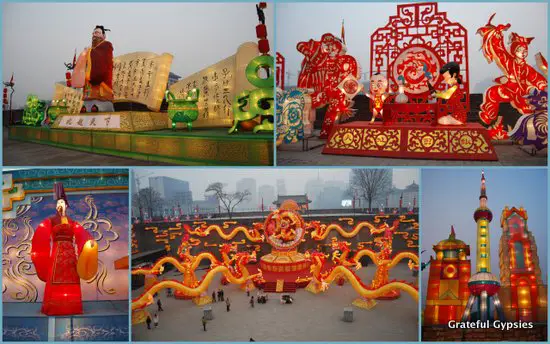
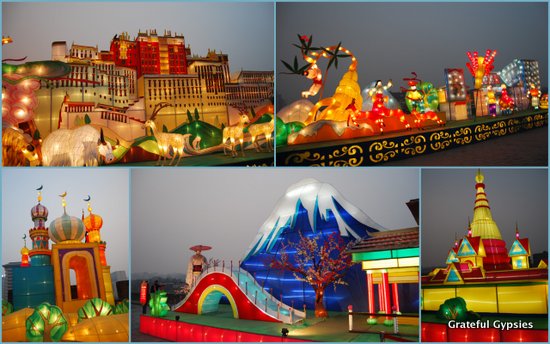
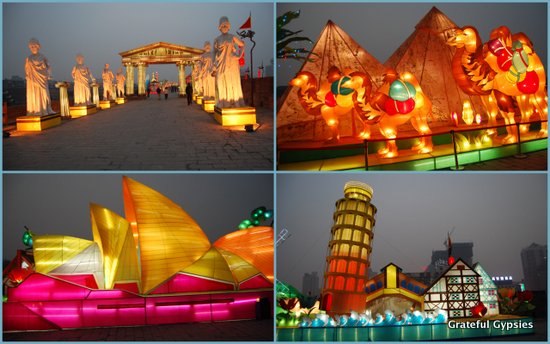
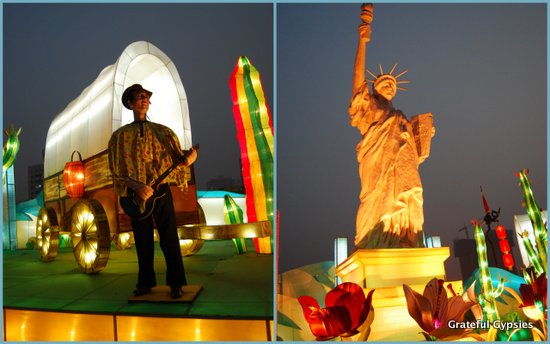
In the morning, we got some delicious breakfast and coffee before heading out to see the main attraction of Xi’an – the Terra Cotta Warriors. Looking to do the day on a budget, we opted to take the public bus. Somehow, we ended up getting conned onto a fake one that was actually a tour bus. As such, we paid a visit to the Hua Qing Hot Springs first. This scenic spot is in the mountains outside of the city, and the Emperor had it built so he could enjoy bathing in the hot springs. It’s also a place of modern historical significance, as Chiang Kai-shek hid here in a crack in the mountains from the Communists before being captured. It was actually an interesting place to visit, but I was so angered about being scammed yet again traveling in China that I wasn’t really able to enjoy it.
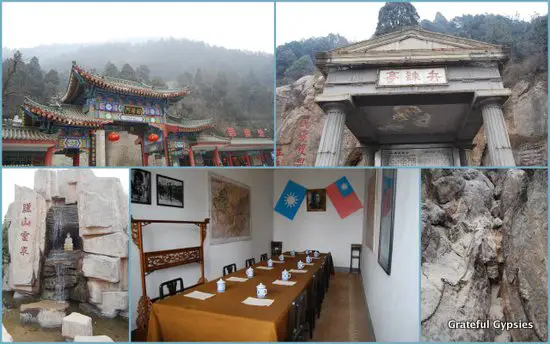
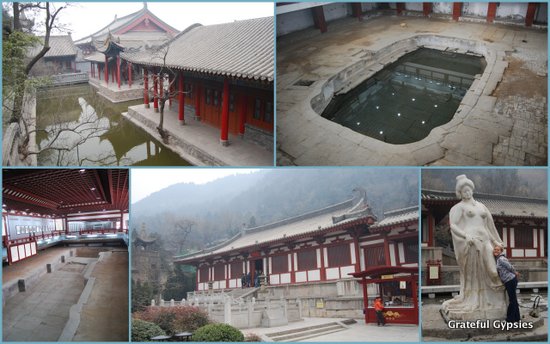
Naturally, our tour continued to a forced shopping trip and an incredibly overpriced restaurant. We did our best to keep cool and not cause a scene by eating some snacks and drinking a few beers. I managed to hold it together until the lady told us that we would all have to buy our own entrance tickets, although we had been previously told it was included. Finally arriving at the Warriors, I had had enough of these con artists, so I let loose a string of Chinese curse words and gave them a piece of my mind. It was a reminder that traveling in China can be both an amazing and terrible experience at the same time.
Tour Mt. Lishan and the Huqing hot springs in this video.
All of that aside, the Terracotta Warriors truly are an incredible sight, and it’s no wonder they’re one of the most popular tourist destinations in all of China. This massive archaeological site holds the thousands of terracotta sculptures that were buried with the first emperor of China, Qin Shi Huang, in order to protect him in the afterlife. Inside, you’ll find thousands of statues of soldiers, chariots, and horses. It truly is an incredible sight, and it’s not to be missed if you’re visiting China.
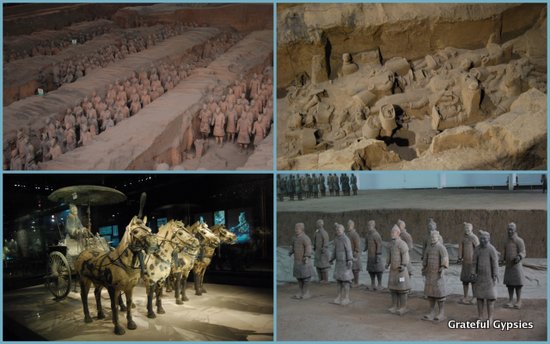
The Terracotta Army of Emperor Qin Shihuang.
Aside from visiting the warriors, there are a few other things you can do to occupy your time in the city. There’s the ubiquitous Drum Tower that every Chinese city has, the Muslim Quarter for shopping and eating, and the Wild Goose Pagoda which also has a nightly water, light, and sound show in the warmer months.
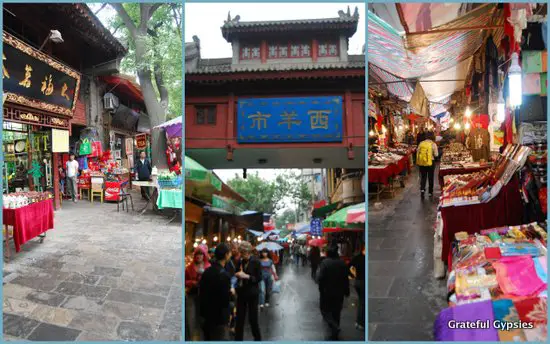
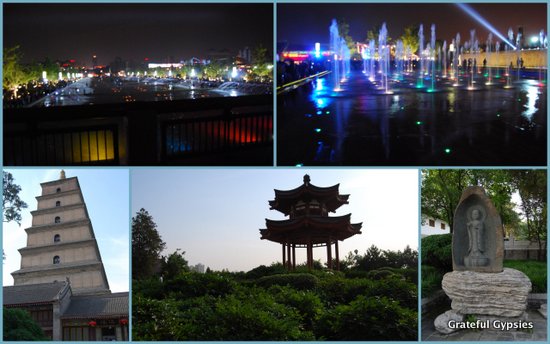
Although we enjoyed our trip, we don’t have very much good to say about Xi’an. Sure, the Terracotta Warriors are great and the lamb stew is delicious, but other than that it’s just another dirty, crowded Chinese city that is slowing chipping away at its culture and history in favor of mega-malls and fast food. That being said, a visit to the Warriors is sure to be atop most travelers’ China to-do list, so you might as well go see it for yourself.






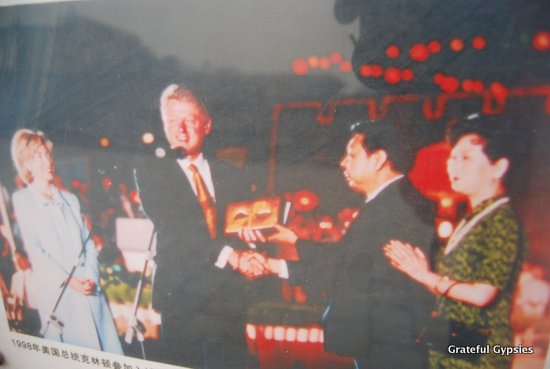
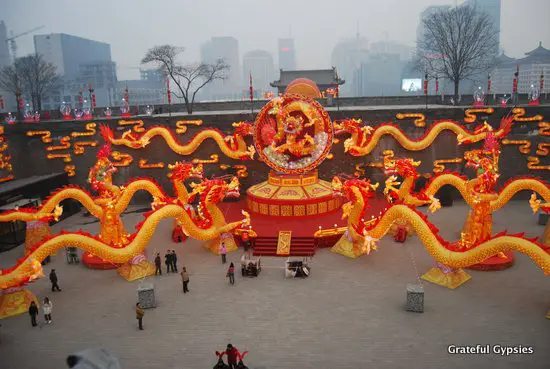
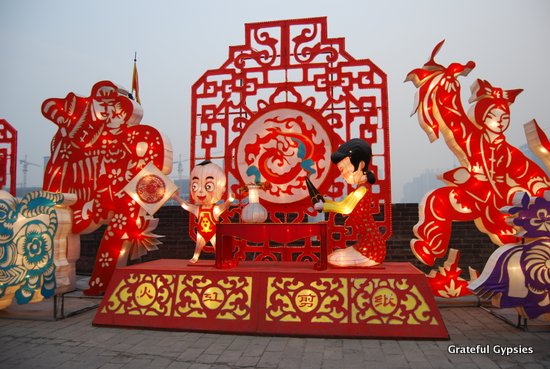
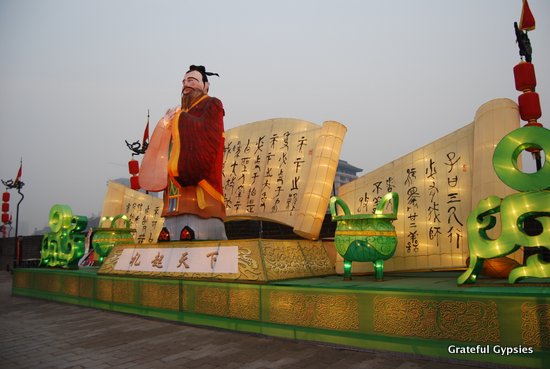



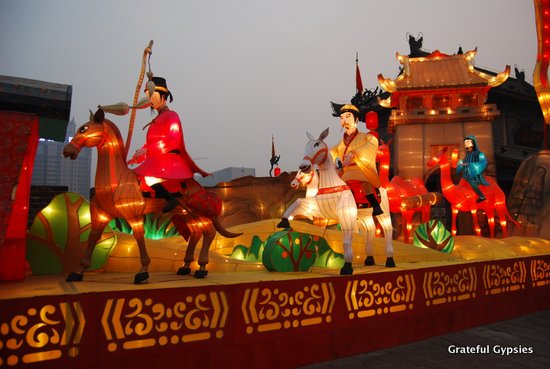








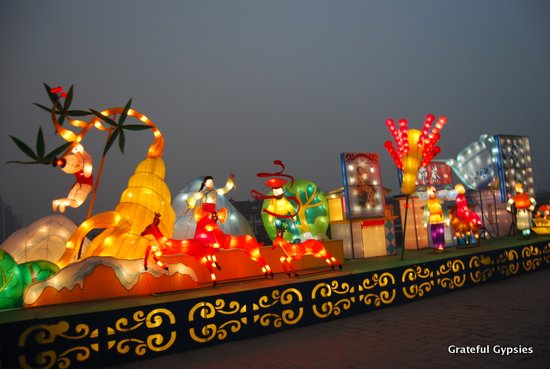




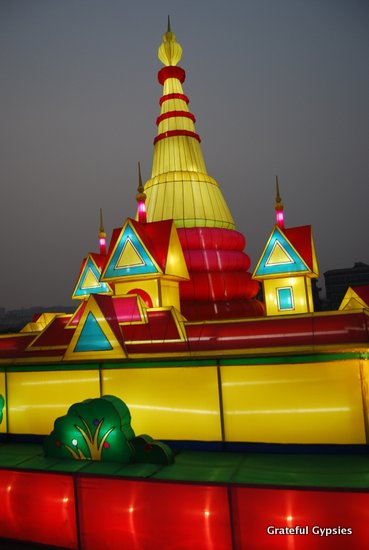






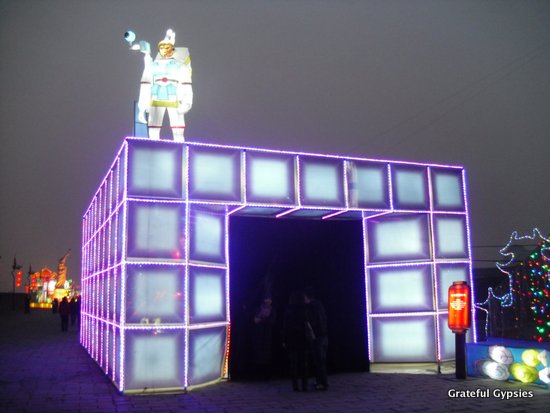
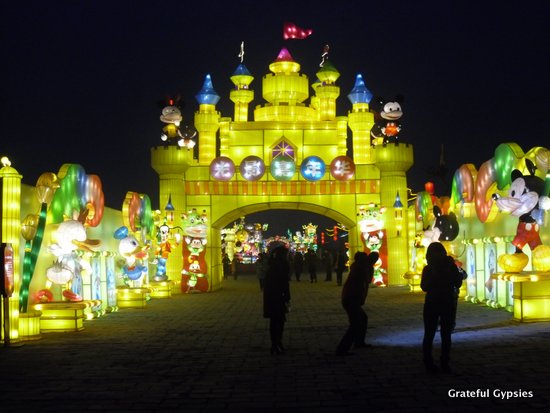
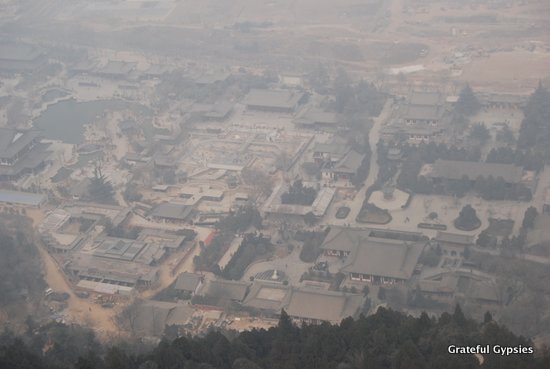



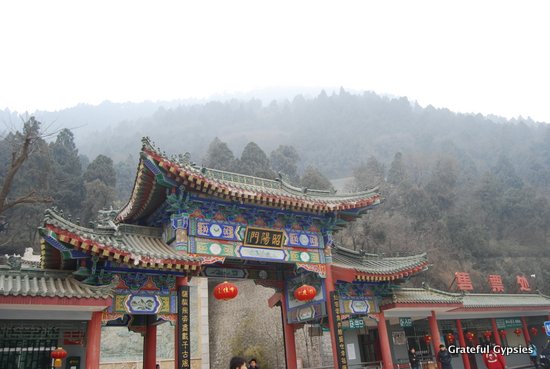


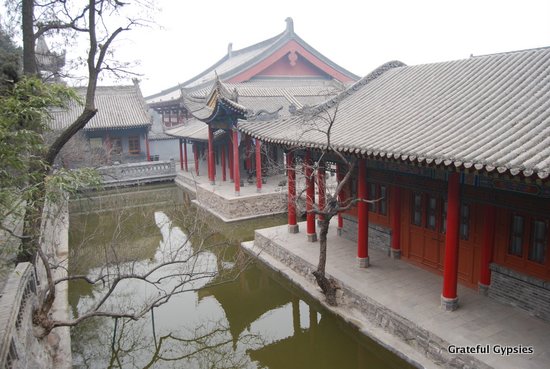






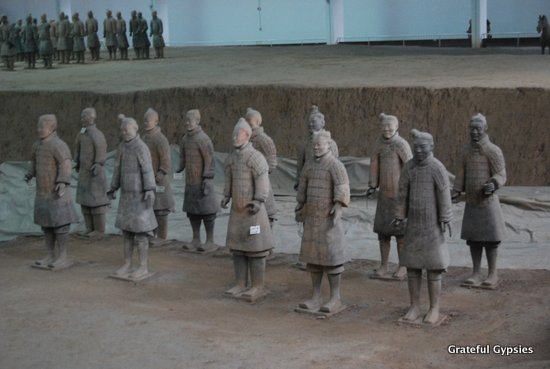



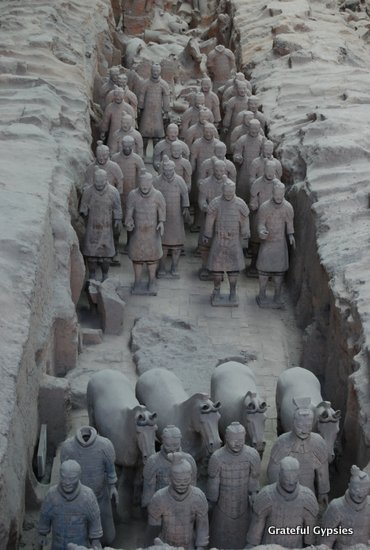
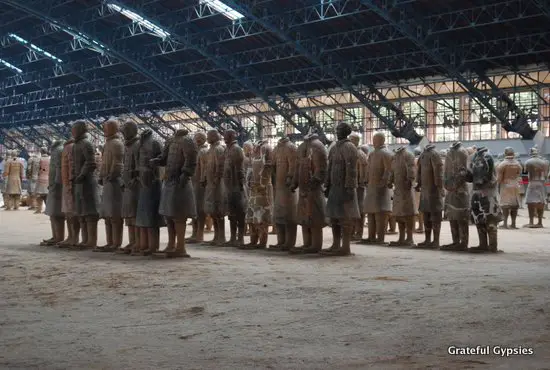
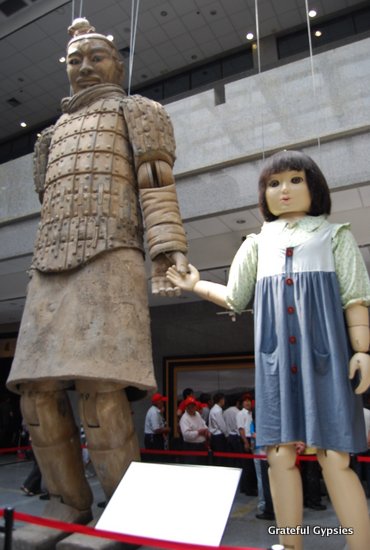

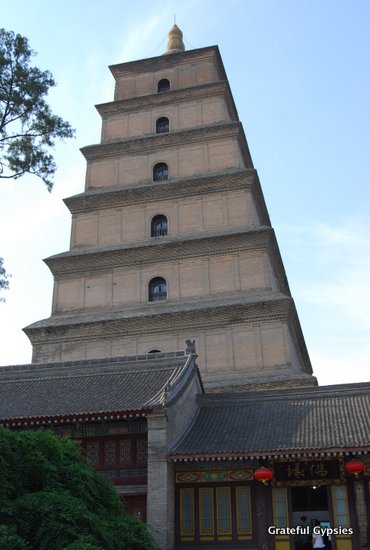
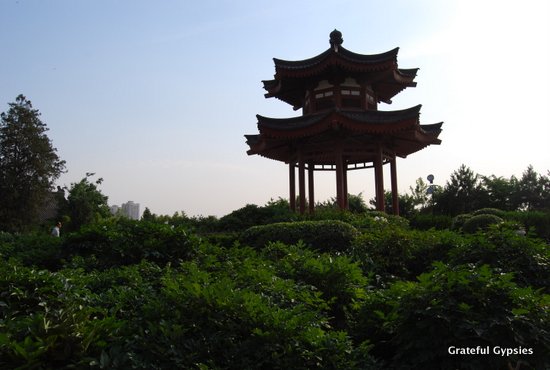
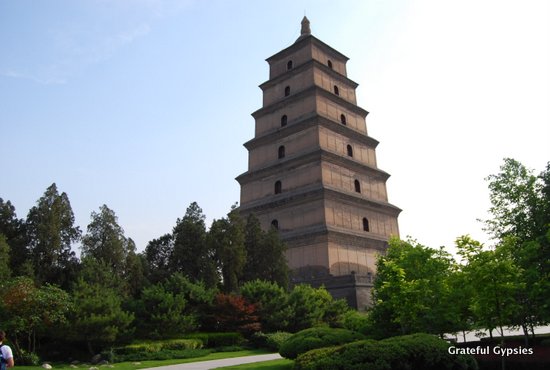

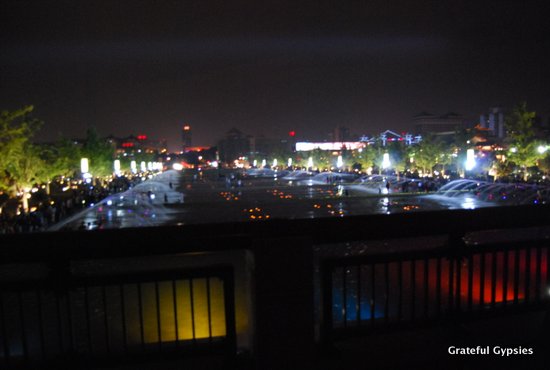
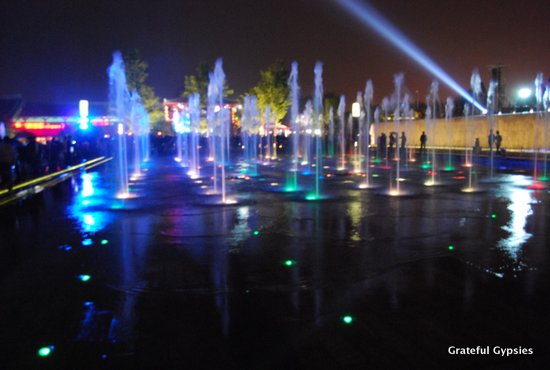
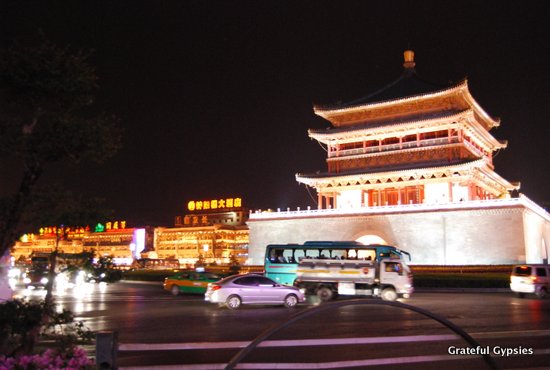

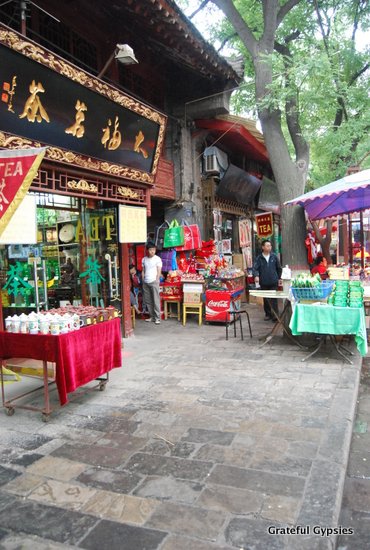
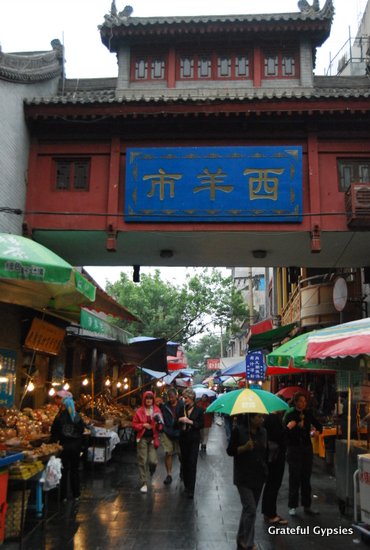

Xi’an Summary
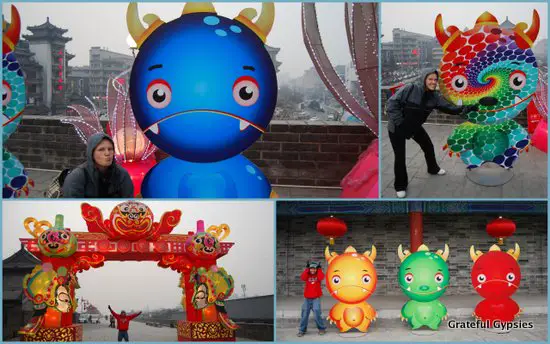
Transportation: We arrived on the 2-hour high-speed train from Luoyang, which only has seats – second-class are 174 RMB, first are 279 and VIP seats are 332. There are also tons of trains that go here from Beijing and other big cities, and Xi’an has an airport as well.
Get Around: There is finally a subway line in Xi’an, but it is of little use to tourists. You can easily walk, take a bus, or hail a cab inside the city. To get out to the Terra Cotta Warriors, take the public bus 306. If anyone approaches you saying they are with that bus, ignore them; they are touts who want to rip you off. A ticket should only be 7 RMB one way and it will just go out to the Warriors with no stops in between.
Accommodation: When we visited together, we stayed in the Han Tang hostel. We got a double room there, which was 160 RMB for the night. Other than the price, there is nothing hostel-y about this place. Actually, it was better than most Chinese hotels we’ve stayed in. For a cheaper room, you can head to their sister hostel, Shuyuan.
Activities: The main reason for coming here is a trip to the Terra Cotta Warriors. Other than that, there are a few museums, temples, and parks worth exploring. You can also walk along the City Wall, or rent a bike in the warmer months. A stroll along the Muslim Quarter is great as well.
Food/Drink: The best food can be found in the Muslim Quarter, including Xi’an’s famous lamb stew called yang rou pao mo. There are tons of other delicacies available in the street as well, so just eat your way along it. In terms of nightlife, the only thing we checked out was the bar at the Shuyuan hostel, which actually gets quite rowdy.
Recommended Time: Two or three days is more than enough in Xi’an – one for the Warriors, one for the City Wall and Muslim Quarter, and another for temples/museums.
